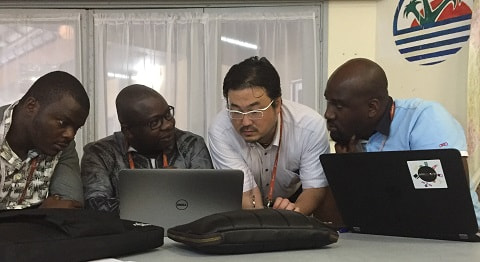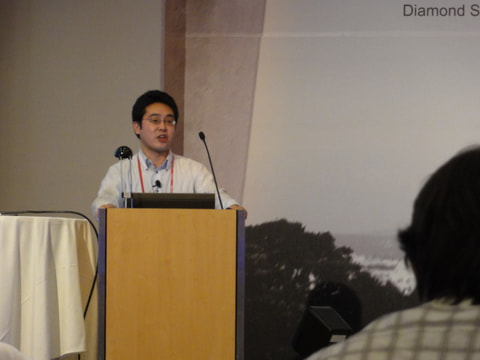Hello all, this is Shusei Tomonaga again. Generally speaking, malware analysis begins with classifying whether it is known malware or not. In order to make comparison with the enormous number of known malware samples in the database in a speedy manner, hash values are used, derived by performing hash functions to the malware sample. Among the different hash functions, traditional ones such as MD5 and SHA1 derive totally different hash...
List of “May 2016”
-
-
From the latter half of 2015 to 2016, there have been an increasing number of cyber attacks worldwide using Adwind, a Remote Access Tool [1]. JPCERT/CC also received incident reports about emails with this malware in its attachment. Adwind is malware written in Java language, and it operates in Windows and other OS as well. It has a variety of functions: to download and execute arbitrary files, send infected machine...
-
Nice to see you! My name is Jimmy, Hajime Komaba, working at Enterprise Support Group of JPCERT/CC, a department which takes care of Nippon CSIRT Association (NCA), a community of various enterprise and organizational CSIRTs in Japan) and Council of Anti-Phishing Japan (APC). It’s been quite a while ago, but last November, I was given an opportunity to travel to the Republic of Congo with my colleague, Koichiro (Sparky) Komiyama....
-
Hello, Taki here. It has been a long time since I have written here. Today, I will be writing about some activities within our Vulnerability Coordination Group. Over the past few years, we have received some coordination requests directly from overseas researchers and other sources, in addition to the reports through the " Information Security Early Warning Partnership". I would like to introduce some recent cases that we have published...






